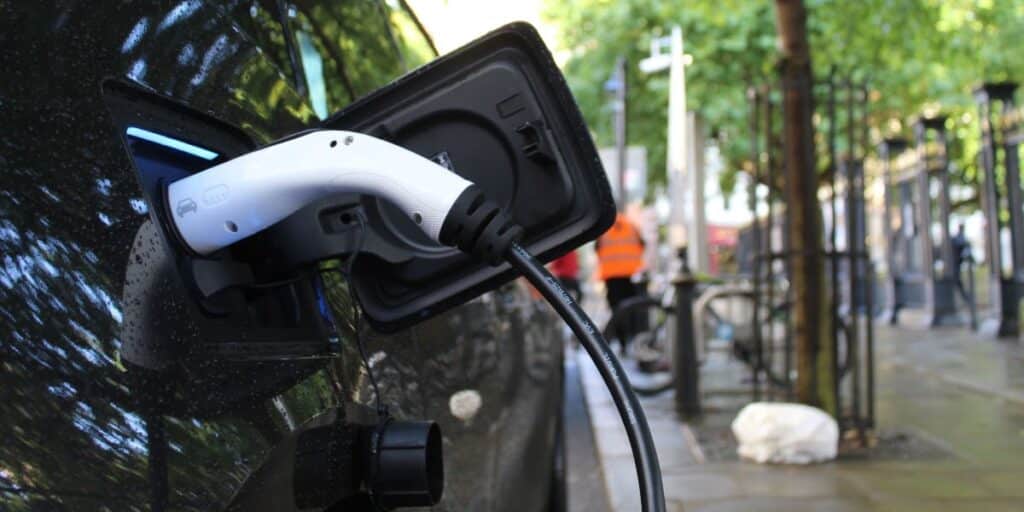
President Joe Biden’s infrastructure plan, entitled the Bipartisan Infrastructure Framework, is a $1.2 trillion effort to make an investment in a more sustainable infrastructure future for America.
Designed to find a middle ground between Democrats and Republicans, the Bipartisan Infrastructure Framework is designed with sustainability in mind while simultaneously working to create long-lasting, secure jobs for Americans.
The key goals that Biden seeks to accomplish with the Bipartisan Infrastructure Framework include:
- Improving American public transportation infrastructure with affordability, efficiency, accessibility, and sustainability in mind.
- Fixing roadways and bridges to improve roadway safety as well as to develop a long-lasting highway infrastructure in the United States.
- Transitioning towards an electric-vehicle future through the addition of electric vehicle charging stations to highways and the introduction of electric school and transit buses.
- Improving power infrastructure by beginning the switch towards renewable, clean energy as Americans’ primary source of energy.
In addition to these, Biden also seeks to replace remaining lead pipes, improve internet broadband access, and initiate cleanup efforts nationwide.
The Bipartisan Infrastructure Framework is focused on sustainability, especially when it comes to energy efficiency and climate change. For the improvement of efficient energy usage, the bill will create the Infrastructure Financing Authority, a government body responsible for ensuring that energy is being used most efficiently and in a clean way.
Some of the ways that Biden’s plan seeks to improve energy efficiency include:
- Reduce car emissions through the encouragement of electric vehicles.
- Achieve a carbon pollution-free power infrastructure by 2025
- Complete 4 million energy-efficiency retrofits in housing
- Build 1.5 million energy-efficient, affordable homes
Biden’s plan makes new, historic investments in energy efficiency.
His plan dedicates $73 billion to the power infrastructure alone, with the ultimate goal of energy efficiency in mind. In addition to the numerous, drastic improvements to existing infrastructure and the introduction of new infrastructure, Biden’s plan also seeks to increase our understanding of energy efficiency.
Part of the funding from the Bipartisan Infrastructure Plan will be allocated towards research programs that will determine what the next steps in energy efficiency are.
Currently, Biden’s plan allows for further research on grid-scale storage, advanced nuclear reactors, energy-efficient air conditioning and refrigeration, energy-efficient industrial processes such as the creation of steel and concrete, and the reduction of carbon emissions in the agricultural sector.
The Bipartisan Plan is taking giant and historic steps towards an energy-efficient future for America.
By building on the preexisting foundation as well as starting new trails, this plan marks the start of a new focus for Americans working in the power industry: Sustainability over profits.
Energy Auditing Software for Businesses
At EMAT we strive to provide you with the best energy efficiency tools possible. One of the first steps is to find out where you’re losing most of your energy. With our EMAT Field Auditor, you can get a personal energy audit faster and more accurately than with traditional methods! Call today to learn more!